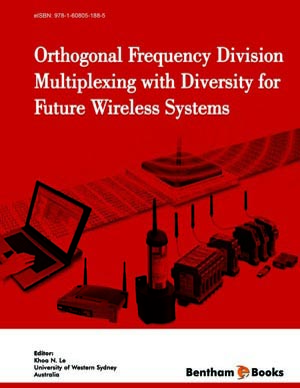Abstract
OFDM/OFDMA Cellular Networks
Actual systems for broadband wireless access adopt multi-carrier signals based on OFDM and OFDMA formats. These systems are practically deployed as traditional cellular networks, i.e. their planning is based on classical single carrier based strategies. However, these methodologies do not account for the features of a multicarrier systems in which coded bits in a block are transmitted over M spared sub-carriers undergoing (possibly) uncorrelated fading and interference effects. In this case the decoder in the receiver can be able to mitigate the detrimental channel effects even when some sub-carriers are received with individual SINR below the specified target quality level. In order to account for this aspect, network planning based on single SINR needs to be extended to multi-carrier. As shown in this work, this extension can be achieved by reformulating the planning procedure in terms of the effective SINR which, in general, is a combination of the SINRs received on the M sub-carriers.
Keywords: OFDM, OFDMA, cellular networks, SINR, effective exponential SINR mapping, WiMAX, LTE






















